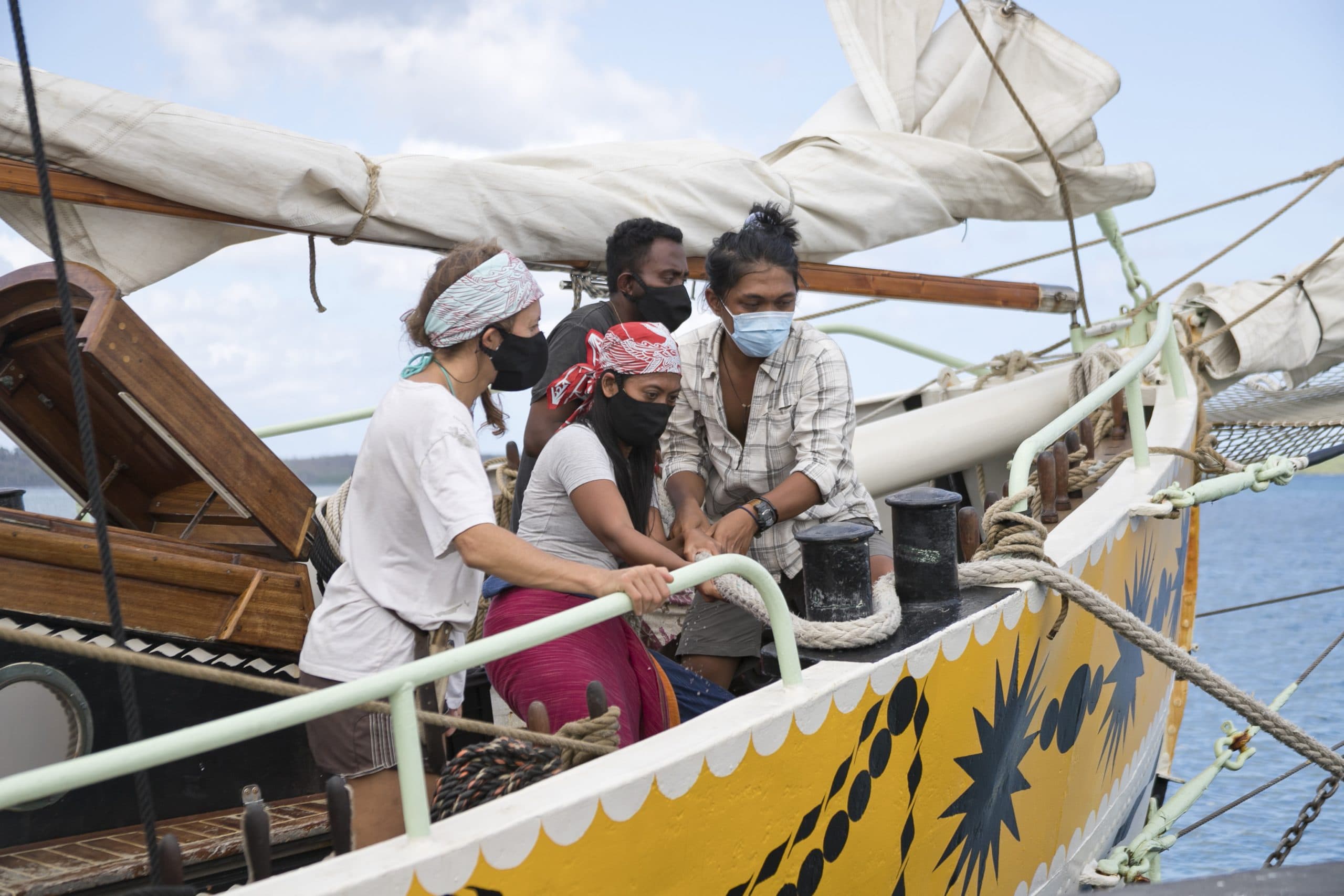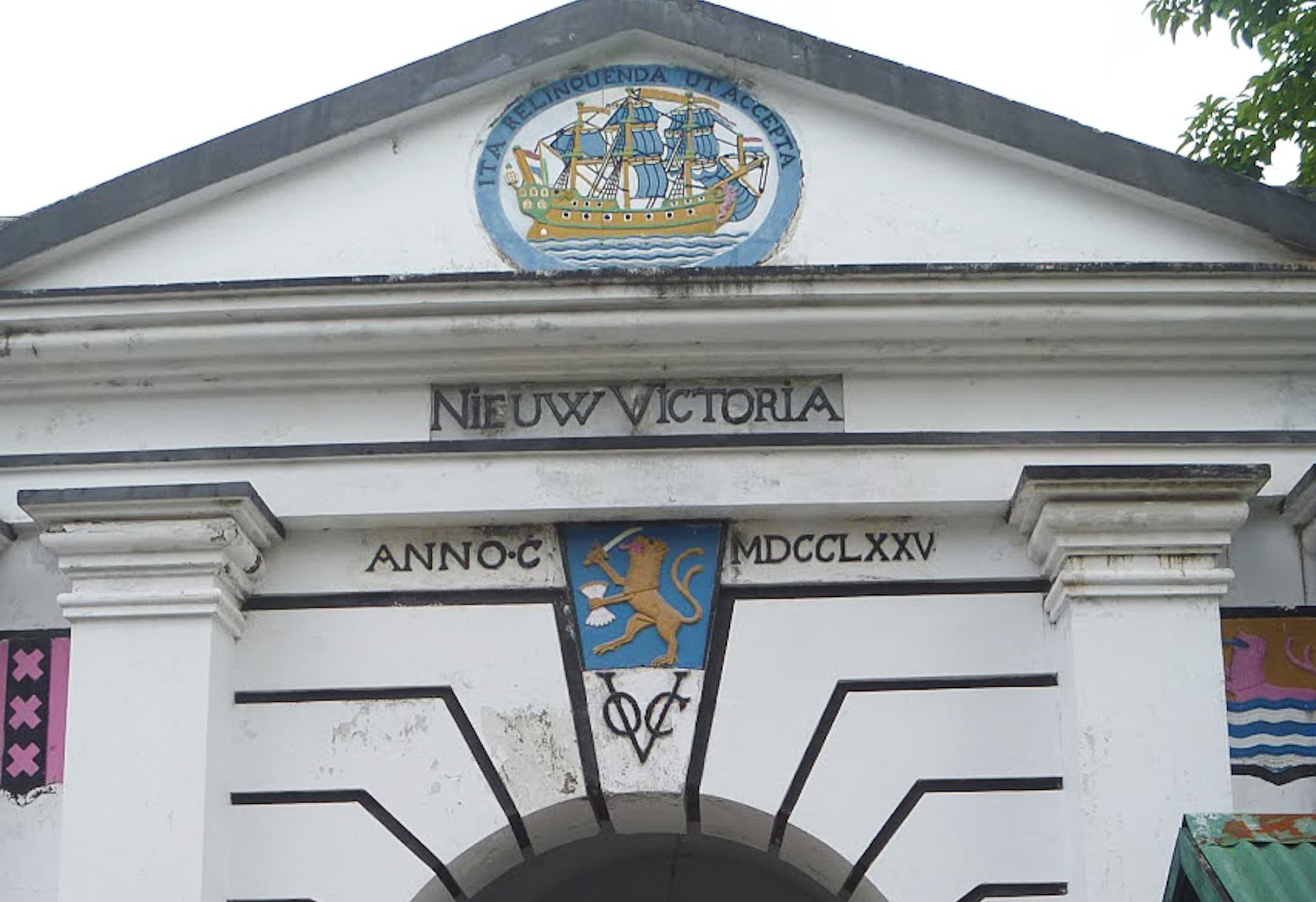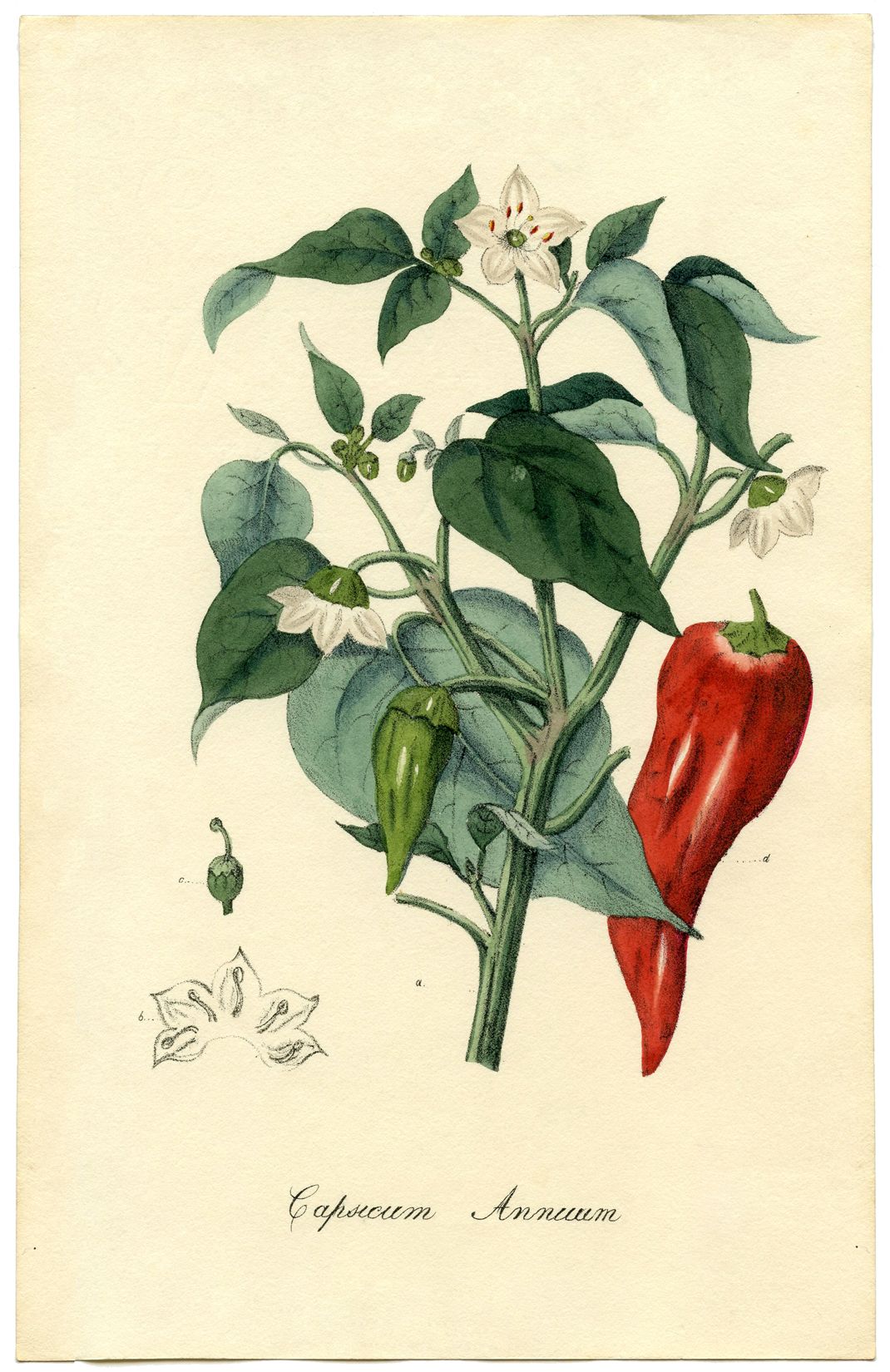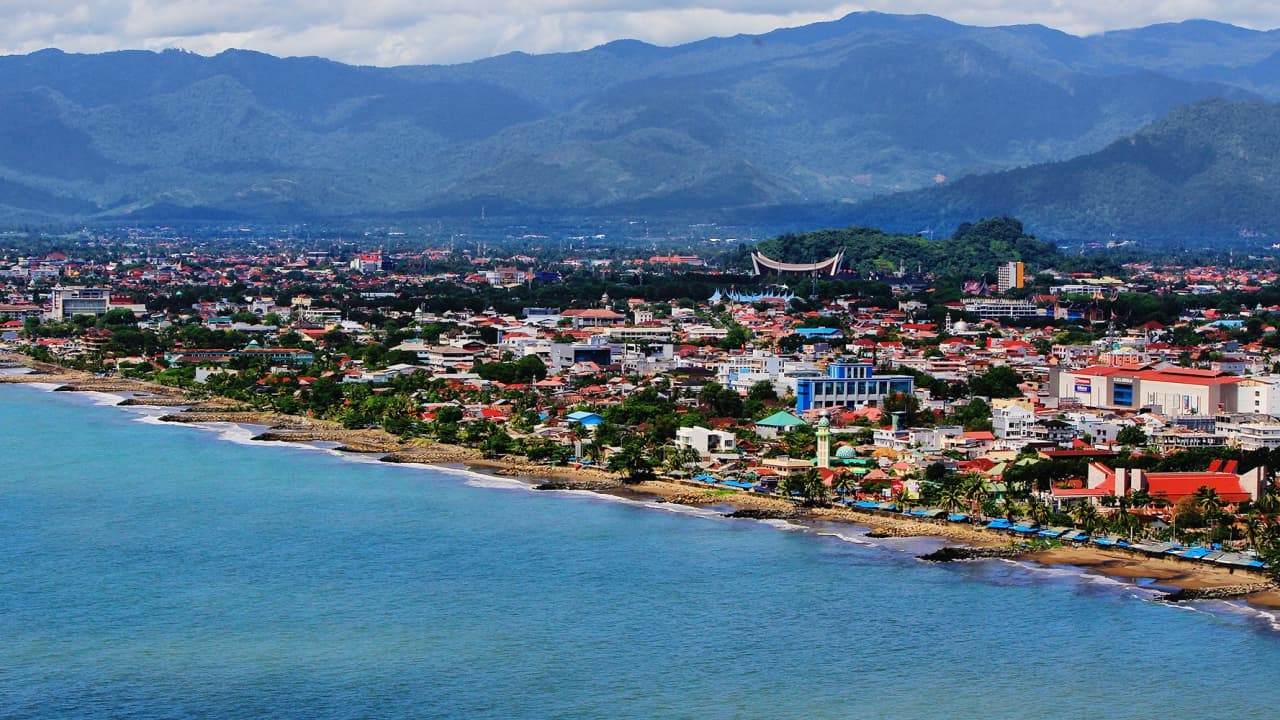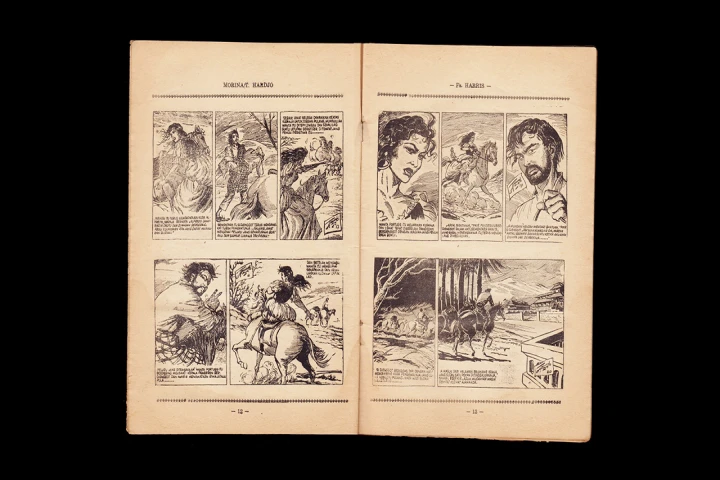
The Spice Routes, which spanned for thousands of years, links Nusantara regions and connects Nusantara with various places in Asia, Africa, and Europe through the sea. The Spice Routes also marks the interaction of Nusantara inhabitants with people from multiple countries and diverse cultures. It's all intertwined and creates a historical legacy that today materializes in various art and cultural works.
History remarked that in 1511, the Portuguese managed to conquer Malacca to search for spices directly from the source in Maluku. Malacca was one of the strongest Malay Sultanates that today belongs to Malaysia's territory.¹
Since then, the cultural influence of the Portuguese had spread increasingly in Nusantara, and it left traces in many creative works, including comics. Keulana (1959) and Morina (1962), comics with historical settings by Taguan Hardjo (1935-2002), are examples. Categorized as "Medan Comic", both comics took historical settings when the Portuguese were in Malacca in the 16th to 17th centuries.
The term "Medan Comic" is a name for comics published in Medan, North Sumatera, in the late 1950s until the middle of the 1960s. Many comics published in Medan at that time adapted stories from old Malay literature and stories with a historical-factual background that put historical and philosophical values.²
War for Spices
Keulana is Taguan Hardjo’s comic published by Firma Harris Publisher, Medan, in 1959 in 3 volumes with 208 pages. At first, the comic was published in serial in the newspaper before it was published as a comic book.
Keulana comic had a historical setting of Aceh in the 1600s. It was told that the Aceh navy controlled the entry to the Strait of Malacca. The Portuguese army frequently tried to enter to dominate the spice trade, but the tough and brave Aceh troops always managed to repulse them.³
Once, a Portuguese merchant ship was drowned, and the crews were detained. One of the captives looked like the character Keulana, an Aceh troop. They were like twins. So, it was made into a tactic. Keulana disguised himself as Rodriguez de Cabral, the Portuguese and was then smuggled into Malacca, which was dominated by the enemy, to become a spy.
The comic also tells a factual historical event about the fall of A Famosa Fort in Malacca, that once was dominated by the Portuguese and then the Dutch. Taguan later illustrated the event in the Morina comic in more detail.
Besides having a historical setting of Aceh people's struggle, Keulana comic also involves a love story between Keulana with two women, an Aceh girl named Sulaika and a Portuguese, Rodriguez’s ex-fiancee, Miranda. The comic also tells stories about complicated friendship, betrayal, and the fight for treasures.
Meanwhile, in the end, Keula and Rodriguez turned out to be twins who had been separated since they were kids.
A Love Story Set in Malacca
Meanwhile, Morina that stated itself as a graphic novel (written on the cover "nopel bergambar" ["illustrated novel"]), is a large size comic as large as a magazine, published in two volumes, each of them has 58 pages. The comic was also published by Firma Harris.
A slogan “romantik djaman keagungan Malaka” [“romantic in the glorious era of Malacca”] (perhaps it means a roman set in the glorious era of Malacca) displayed on the cover. Inside the comic, there is a lure “sebuah nopel bergambar indah dan bermutu, kisah sedjarah api, asap, dan tjinta karya besar pelukis kenamaan Taguan Hardjo”⁴. [“a magnificent and high-quality graphic novel, story of the history of fire, smoke, and love by a celebrated painter Taguan Hardjo”].
The story about "fire and smoke" is, of course, not a futuristic satire about the forest fire that often happens in our country lately, but it is a love story set during the war when Malacca fought over the Portuguese that was also facing a Dutch-Johor military-political threat. The Portuguese and Dutch fought over the domination of Malacca, which was very strategic as the spice trade hub.
As the main character, Morina was a beautiful girl of Portuguese descent who lived in Orlando Fort, Malacca. Many men from different nations loved her (the Portuguese, Dutch, Malay). The plot flowed in line with the development of Marina's life story and her encounter with "Pangeran Berdjenggot" ["Bearded Prince"], whose name was Alang Teruna. Morina, who at first hated Alang, for he killed her lover, Alfredo, in a fight, eventually gave up on the romance charm. Alang and Morina fell in love. At the end of the story, they united as king and queen consort of coastal Malacca after getting through a complicated story and adventure.
In the comic, aside from politics and history, Taguan also skillfully illustrated the variety of Malay and Portuguese cultural elements. The beauty and detail of the drawings make the comic more attractive to read.
(Image 1. Morina comic by Taguan Hardjo)
Like Keulana, Morina comic also serves a premise that history is a big force where people are often trapped inside, finding a life path in the embrace of faith, and ends as a loser or winner. Both comics contain optimism, where kindness and persistence will eventually be paid with victory, while wickedness will end in havoc.
Spice Routes which Inspired Historical Comics
In the context of Keulana and Morina comics, cultural interaction in the Spie Routes in the past gave rise to creative ideas manifested in contemporary cultural works. The works are historical comics.
Basically, comics are a branch of art that combines fine art and literature. Although it is often misunderstood as an uneducated reading, comic, and other forms developed from it, like what is later known as "graphic novel" are appreciated by many people as artworks. In France, for instance, since the end of 1950s, comic was considered as “cabang seni yang kesembilan”, terpisah dari seni rupa. Sebab, komik memadukan seni rupa (gambar) dan sastra (teks cerita). Sebagian orang menyebut pula komik sebagai "sastra gambar". ⁵ ["the ninth branch of art, separated from fine art. Because comics combine fine art (drawing) and literature (story text). Some people call it as "illustrated literature."]
Taguan Hardjo, who composed Keula and Morina, was an Indonesian celebrated comic artist. He was born and raised in Paramaribo, Suriname, on November 6th, 1935. His father was Salikin Mardi Hardjo, an immigrant from East Java brought by the Dutch colonial ruler to Suriname to be employed. Meanwhile, her mother was Ngadinem, a woman from Suriname with Javanese-Makao blood.
In the 1950s, Taguan joined a repatriation program to become an Indonesian citizen and stayed in Medan. Here, he worked as a comic artist, with his life background which was closely intertwined with diverse hybrid cultures–which also connected to the Spice Routes in the past–Indonesia, Suriname, and the Netherlands.
Taguan was standout, be it in work productivity, working technique, the seriousness of research, or the story processing. As stated by a litterateur and comic critic Arswendo Atmowiloto, Taguan proved that, "komik tak bisa dipandang enteng" ["comics can't be taken lightly"] and not a mere "sampah khayalan untuk menyibukkan anak-anak dan para pemimpi" ["imaginary trash to keep kids and dreamers busy"]. The mastery of thin-soft shading and the skill of anatomy drawing, and interesting story plots, made the works lasting and classic in the national comic scene.⁶
Taguan then became one of the icons of something called "the glorious period of Medan Comic". Taguans' works mostly have historical settings, such as Dolores (set in the Spanish domination era in Kalimantan), Intan Dirdja Lela (set in Malacca kingdom), Keula (set in Aceh-Portuguese war in Malacca), and Morina (set in the fight over the Portuguese Fort in Malacca) as explained before⁷. In the comics, the history set in the Spice Routes is composed in an appealing fiction that feels real.
Comic as a Cultural Heritage
In Indonesia, comics are still considered a product of the low culture that is worthless for researchers and intellectuals. Educators and puritans often degrade it from a moral perspective a priori. However, on the other hand, a group of people thinks of Indonesian comics as artworks that need to be treated fairly. They try to put it in a more appropriate level as a high-quality cultural work; equal to other branches of art.
One of them is Seno Gumira Ajidarma, an Indonesian litterateur and intellectual with a doctor title he achieved in the Faculty of Humanities University of Indonesia through a dissertation about Hans Jaladara's martial arts comic Panji Tengkorak. Some people's accusation that comics are shallow, ignoring the research and references, uneducated, and making a fool is not entirely correct. With the earnestness of the comic artists, our comics can also be brilliant, educative, imaginative, and thus enrich the readers. Therefore, it's not fair to treat comics as worthless things.
Comics, in several cases, are artwork that can consist of high historical values and be cultural heritage. It is proven in Taguan Hardjo's Keulana and Morina comics that were made more than half century ago, where both of them brought the history of Malacca in the glorious era of Nusantara Spice Routes.
In the future, it is interesting to wait for other comics by Indonesian comic artists that reconstruct the glory of Nusantara Spice Routes in the past and revitalize it as the cultural heritage that can inspire the current generation and enrich our art and cultural treasures.
¹ M. C. Ricklefs, Sejarah Indonesia Modern 1200-2004 (2009), Serambi, Jakarta.
² Koko Hendri Lubis, Komik Medan: Sejarah Perkembangan Cerita Bergambar di Indonesia (2015), Partama Mitra Sari, Medan.
³ Taguan Hardjo, Keulana (1959), Harris, Medan.
⁴ Taguan Hardjo, Morina (1962), Harris, Medan.
⁵ Marcel Bonneff, Komik Indonesia (2008), KPG, Jakarta.
⁶ Arswendo Atmowiloto, "Komik Itu Baik: Koran Medan, Serta Cinta Jakarta" (1980), Kompas, Jakarta.
⁷ Koko Hendri Lubis, Taguan Hardjo Langsung dari Dalam Hati (2016), IKJ, Jakarta.
_______
The article is the featured winner’s work of the Bumi Rempah Nusantara untuk Dunia writing competition 2021. The article has gone through an editing process for publication on this page.
_______
Mita Yuniarti is a literacy activist and a librarian.
Editor: Doni Ahmadi
Translator: Dhiani P.
Image: 'MORINA - KISAH API, ASAP & TJINTA' karya Taguan Hardjo



